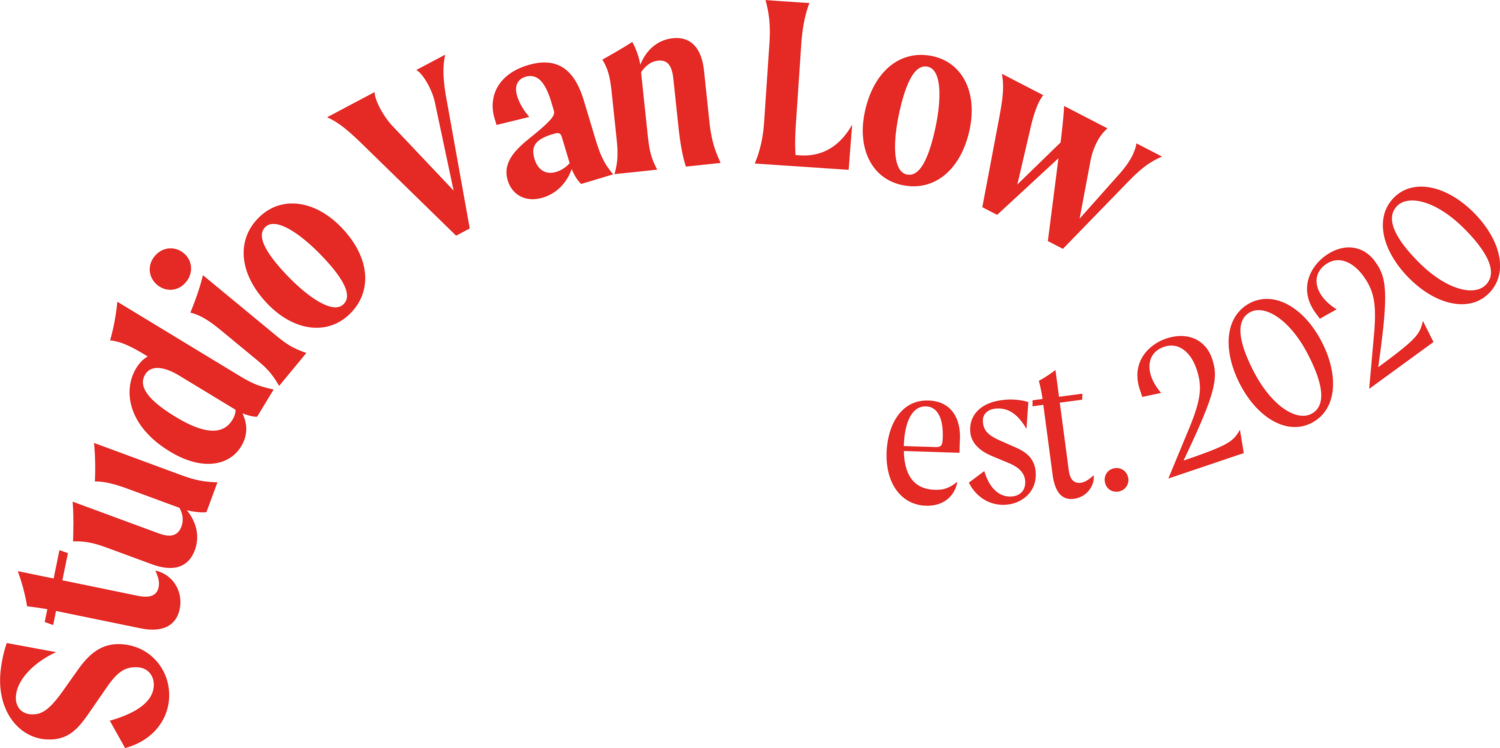
Carriageworks survives,
but what about the rest?
Published on A Rich Life, July 2020
View original publication
If the COVID-19 pandemic is a black swan event, then perhaps we can extend the aquatic metaphor to the decline of Carriageworks as a beached whale. So jarring and devastating the loss, we rush to the beach and exclaim breathlessly to each other how could this have happened!? But, really, we shouldn’t be surprised.
The arts is a precarious industry that faces decreases in funding year on year, with artists and industry practitioners reliant on short term grants and the gig-economy. And despite contributing $14.7 billion (2017-18) to our country’s GDP and employing 193,600 people (slightly above the finance sector’s 190,600), the arts is often first to draw the short straw (see proposed changes to university fees, for one thing) and relies heavily on the dedication of volunteers – who contribute over $8 million annually in labour – to prop it up (details on statistics here).
Carriageworks’ announcement in early May that it would enter voluntary administration due to irreparable income loss brought a communal tear to the eyes of the Australian arts industry. The large, multifunctional arts space at the Eveleigh Railway Workshops in Redfern is the largest of its kind in the country and caters to the many appetites of the arts community: from being the home of the experimental Performance Space and venue for large-scale events such as Sydney Contemporary Art Fair and Mercedes-Benz Fashion Week, to being a community hub with its beloved weekly Farmers Markets.
It’s easy to preach to the choir of Carriageworks’ invaluable role in the arts but what the circumstances of this pandemic reveal is that when we are stripped bare and exposed in the light of day, the infrastructure of our arts industry is bare boned and frail, and teetering on the edge of survival.
Entering voluntary administration, Carriageworks owed more than $2 million to creditors, many of them art industry colleagues. Accounting firm KPMG was brought in to lead the process and speculation quickly arose of a takeover by the Sydney Opera House, alongside criticism of historic mismanagement.
But in the end, it has been an exceptional push by some of Australia’s wealthiest philanthropists that has saved Carriageworks, paired with a new 10-year precinct lease (which promises stability compared to the previous month-to-month agreement in place since 2018) and 5 year funding from the government. Just this week, these decisions were finalised and announced with fanfare and relief; CEO Blair French remarked “Over 100 years ago this industrial place was born out of resilience and innovation. Through sheer grit, determination and collaboration, we are still here with a promising, independent future. We can’t wait to welcome back the community.”
So, Carriageworks lives to swim another day. But what about the rest of our arts industry? By the time the Australian Government announced its $250 million package for the arts sector, more than 100 days had passed since they were first called upon to deliver support. It is becoming a lethargic, repetitive story of our government’s reactionary nature when it comes to the arts. Recently, the whiplash news cycle of the Powerhouse Museum’s move – stay – move has seemingly been resolved with the decision to keep both the Ultimo site and the proposed Parramatta site. How we ended up at this inefficient, reactionary funding sinkhole is embarrassing.
Whilst COVID-19 is primarily a medical phenomenon, it has also revealed the ailments of our arts industry and made our government’s inability to strategically fund the arts appallingly clear. Although philanthropy and media pressure are effective agents of change, they should not be the guiding principles of where our tax-payer dollars are spent. And so although we sigh with relief for Carriageworks – which will re-open its Farmers Markets as soon as next month – it surely won’t be long until more fallout washes up to shore.
-
Top photo: Reko Rennie, REMEMBER ME, 2020, Carriageworks. Image by Zan Wimberley
